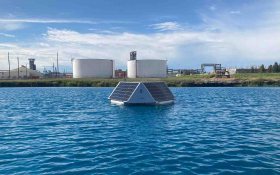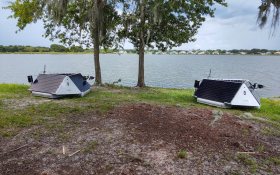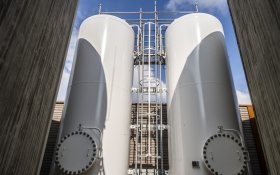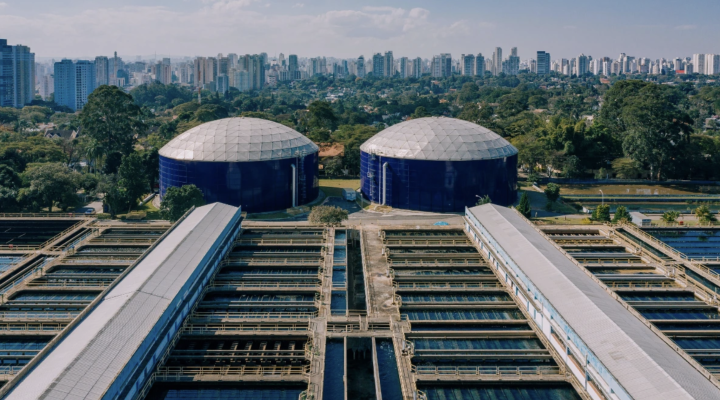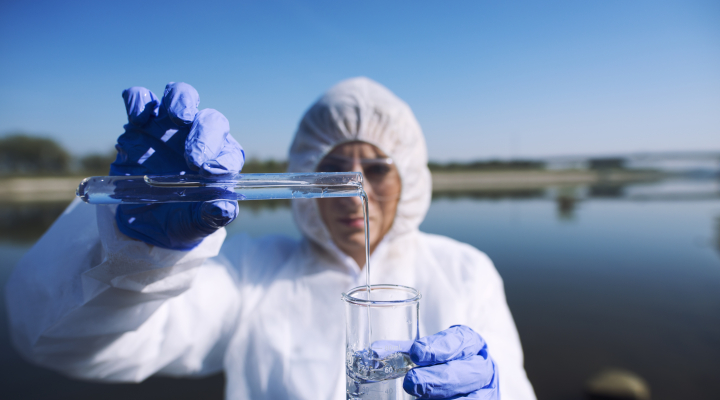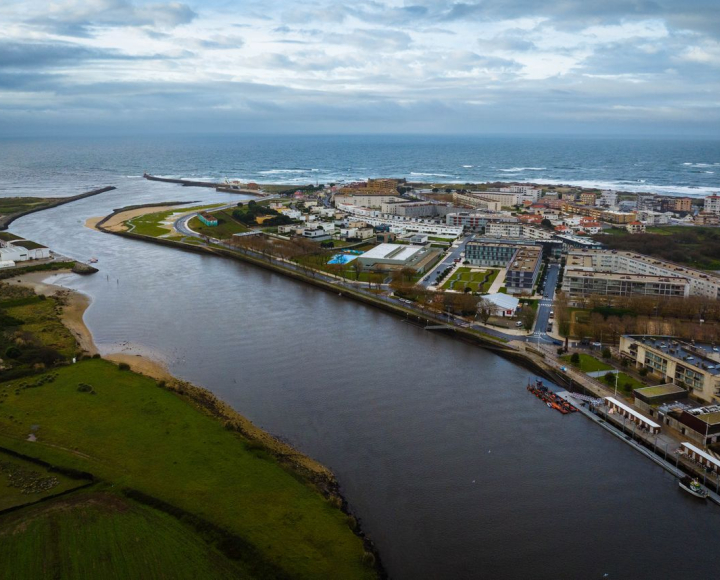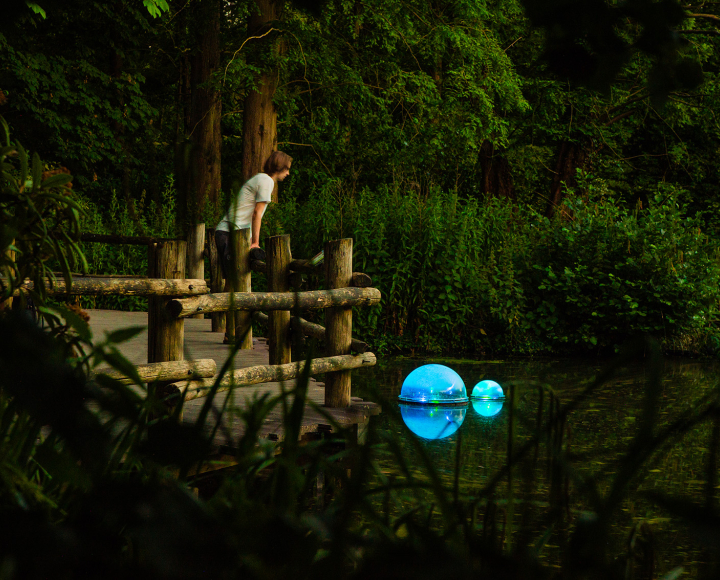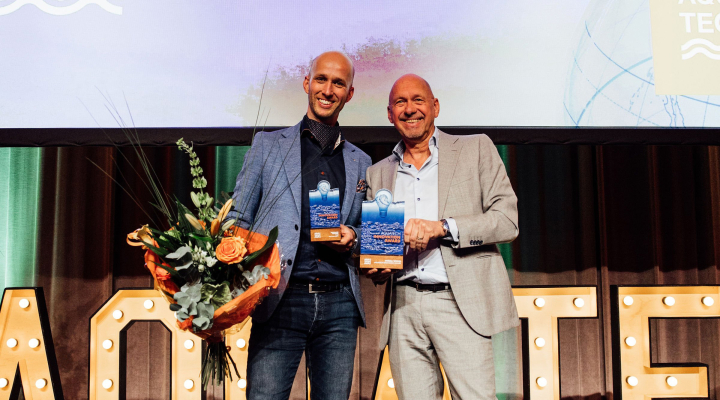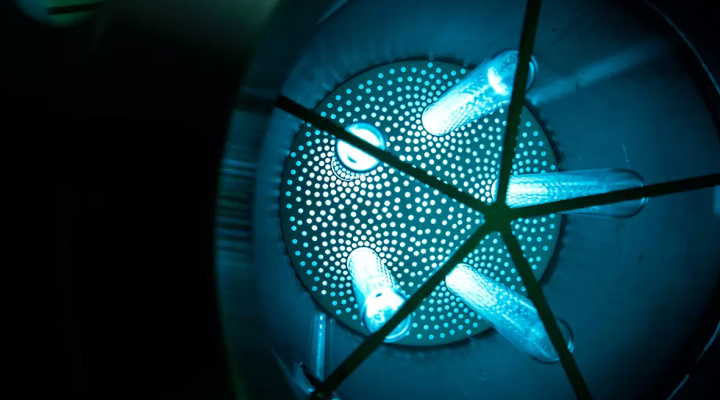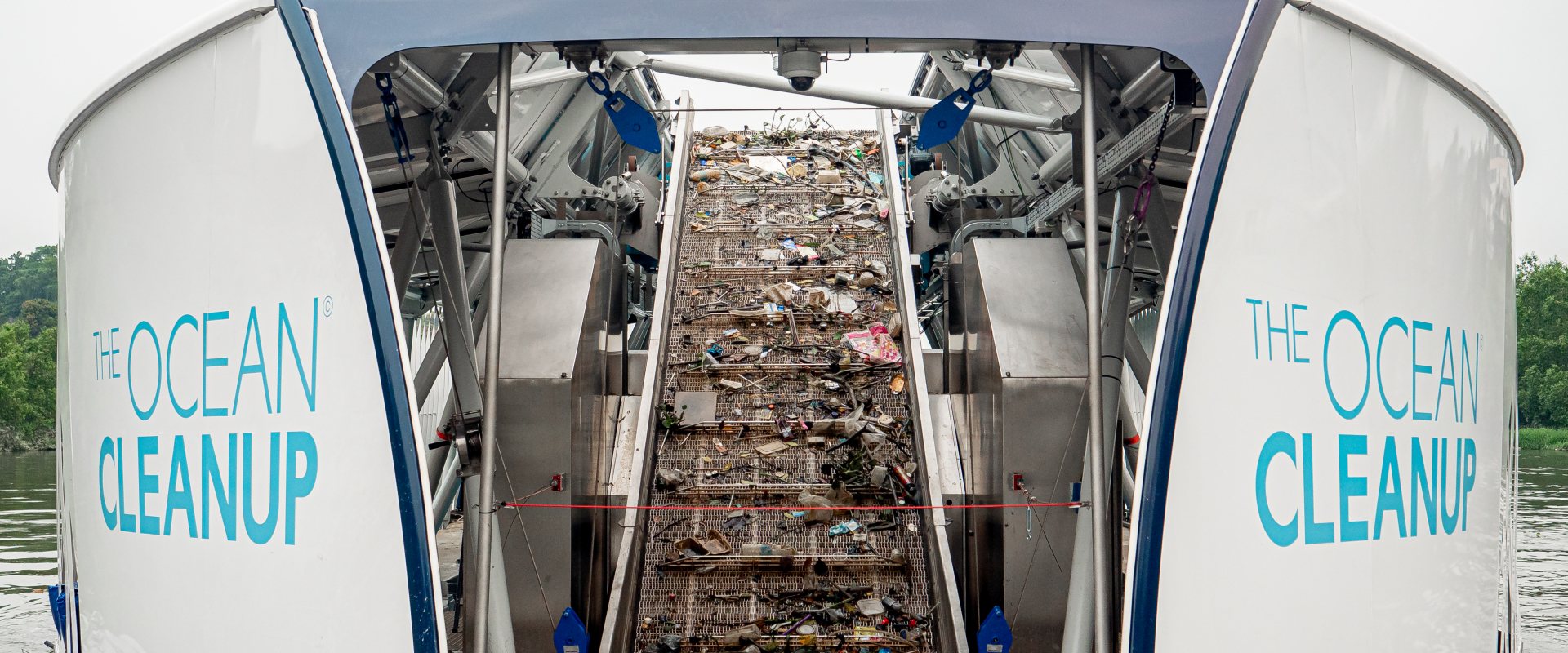
World Cleanup Day: Three fingers up for visionary start-ups
On 19 September the eleventh edition of World Cleanup Day takes place. Not meant to point a finger but to inspire the combat against litter. With three fingers in the air that make a W, the organisation is advocating for a ‘World Without Waste’.
Also three fingers up for three specific Dutch start-ups that managed to raise funds for the development of new technologies to remove the plastic soup.
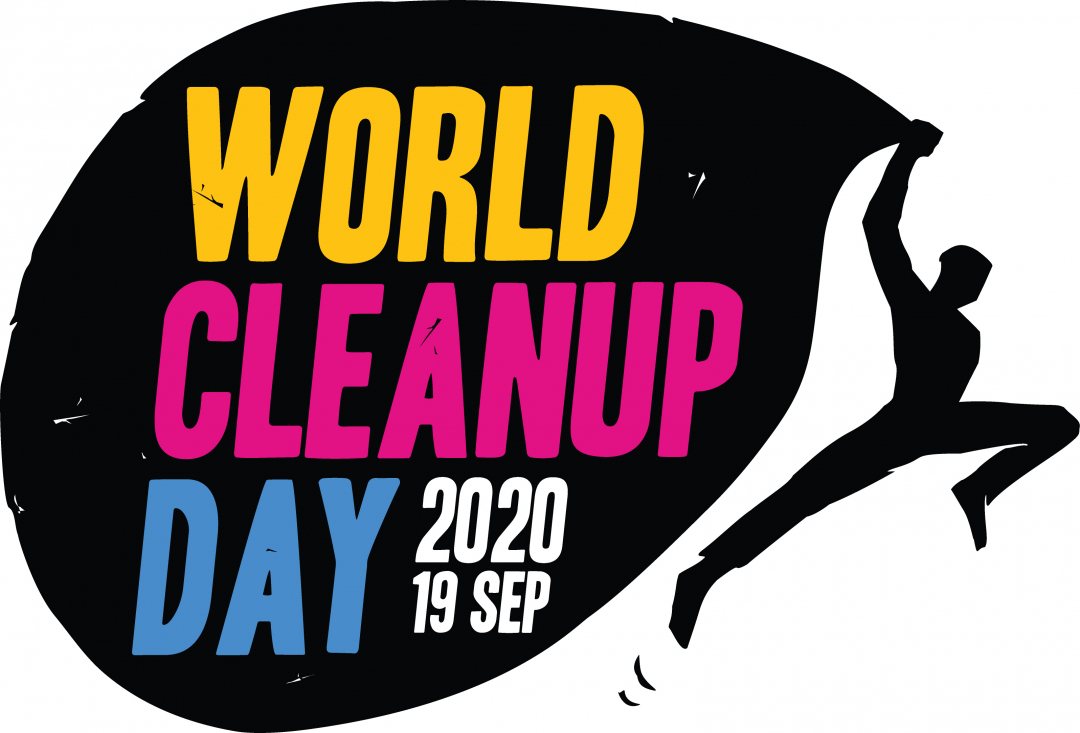

Plastic soup
Last year the event inspired more than 21 million people in 180 countries to clean up litter from beaches, rivers, forests, and streets.
Special attention goes to the increasing volume of plastic soup that floats around in rivers, oceans and shorelines. Large visual pieces degrade in smaller less visible micro plastics and finally in invisible nano plastics. Ending up in sea life and the fish that we eat.
The problem of plastic soup is so immense that it can be depressing. Therefore, the Plastic Soup Foundation developed an app that calculates your personal plastic footprint and gives you options to act and to contribute personally.
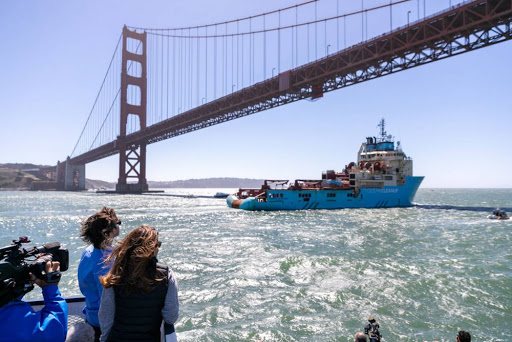

Personal quests
For some the floating litter in rivers and oceans is so confronting, that it made them decide to start a personal quest to fight the plastic soup.
One such person is Boyan Slat. When he was 16 years old, he took a dive in the sea during a holiday in Greece where he saw more plastic than fish. Later in his life Slat decided to quit his study at the Delft University of Technology and founded The Ocean Cleanup, an initiative to develop a floating device to collect the plastic soup in one of the world’s largest hot spots, the Great Pacific Garbage Patch, located between Hawaii and California.
In September 2018 he had his glorious moment when he and his team left the harbour of San Francisco and set course for the patch with the first prototype of the floating device. After several setbacks, the foundation finally managed to ship the first bags of plastic to Europe earlier this year where the plastic is now being processed into new plastic products that the foundation can sell to generate funds to collect even more plastic in the Pacific.
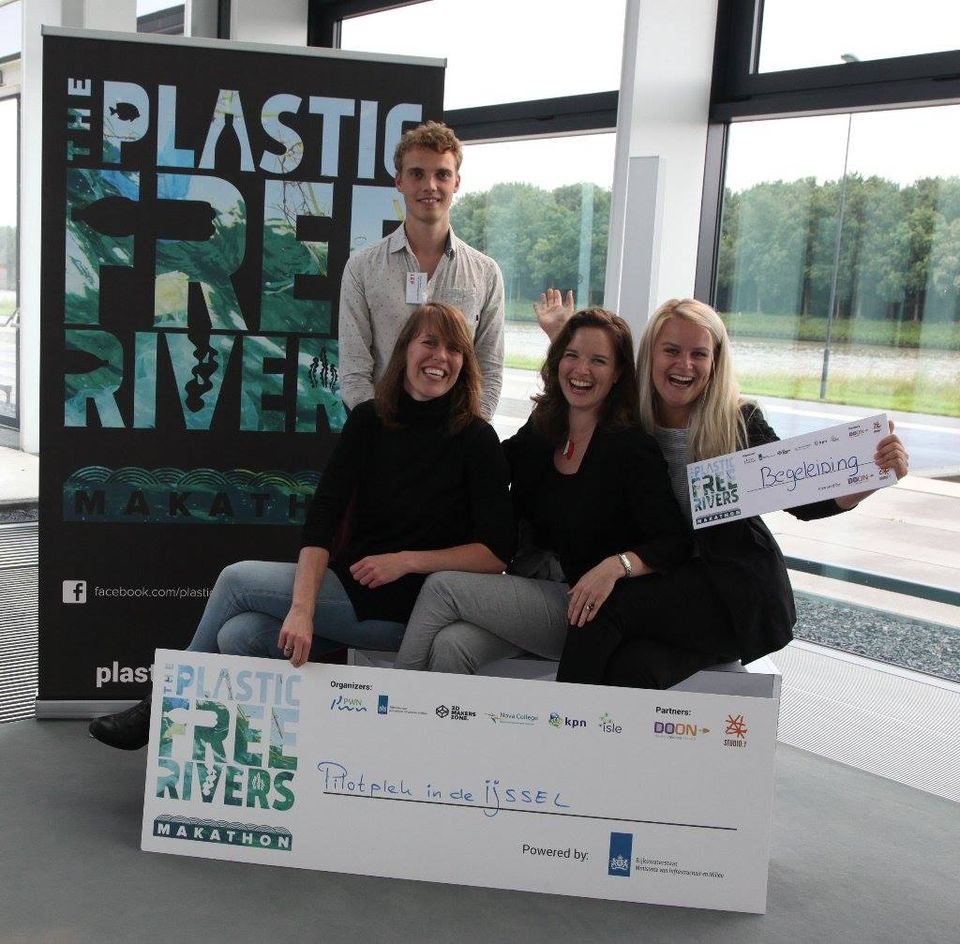

Social entrepreneurs
The efforts by Boyan Slat were not left unnoticed in the Netherlands and several others followed his example to develop new techniques to pick up plastic soup.
Discussing the issue of plastic soup over a beer, three Dutch amateur sailors and friends came up with the idea of a curtain of bubbles that sifts out waste but let fish and boats through. Their dream came true when they won an innovation challenge, got support to build their first prototype and were given the opportunity to actually test their prototype in the mouth of a Dutch river. The concept of The Great Bubble Barrier is now tested in the channels of Amsterdam.
Another do-gooder who became a social entrepreneur is Rinze de Vries of Noria Sustainable Innovations. He felt the spark during his vacation in Indonesia. Visiting Jakarta, he saw the huge volumes of litter floating in the city’s drainage canals and upon return in the Netherlands he started to work on a design of a paddle wheel. The first specimen of the CirCleaner was built in six months and became operational in a sluice late last year.
Three examples of do-gooders who have been able to raise money from grants, crowd funding and free facilities from ports and authorities, to start a business. To actually build a collector and start cleaning up surface water. Three examples that deserve a big three fingers up.
Have a nice World Cleanup Day.




